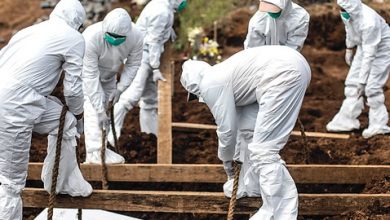Overdoses increase in South West

Australias drug overdose crisis is claiming more lives in the region, according to Australias Annual Overdose Report 2018, produced by the Penington Institute.
The report revealed 28 people died of a drug-related death in the region from 2012 to 2016, compared to seven deaths from 2002 to 2006.
Penington Institute chief executive officer John Ryan warned Australia was on track to experience a United States style drug overdose crisis with 2177 lives lost to drug overdose in 2016.
Mr Ryan said the number of drug-related deaths in this part of the South West coast was alarming.
“An increase of 21 deaths comparing 2012 to 2016 to 2002 to 2006 should act as a wake up call,” he said
“From 2001 to 2016, the drug type claiming the most lives in the region was unsurprisingly opioids such as codeine, heroin, oxycodone and fentanyl.”
The report revealed sleeping and anxiety tablets (known as benzodiazepines or benzos) had become a hidden epidemic killing a number of Australians.
The number of deaths involving benzos had doubled in just a decade.
Mr Ryan said the drugs had become a silent killer and the deadliness of benzodiazepines was clearly being underestimated.
The report highlighted the number of deaths in Australia involving benzos had jumped from 812 from 2002 to 2006, to 2177 from 2012 to 2016.
Deaths involving amphetamines (including crystal methamphetamine) had grown considerably in the past five years.
Amphetamines now surpassed alcohol as the third most common substance detected in accidental drug overdoses with 1237 deaths from 2012 to 2016.
The report also revealed middle-aged Australians were the people more likely to die of an accidental drug overdose in this country.
In 2016, 68 per cent of all accidental drug deaths were people aged 30 to 59. The people most likely to die of an accidental drug overdose were aged 40 to 49.
The majority of deaths were unintentional and included the wrong drug being given or taken in error, a drug taken inadvertently as well as accidents in the use of drugs.
[contf]
[contfnew]

Margaret River Mail
[contfnewc]
[contfnewc]










